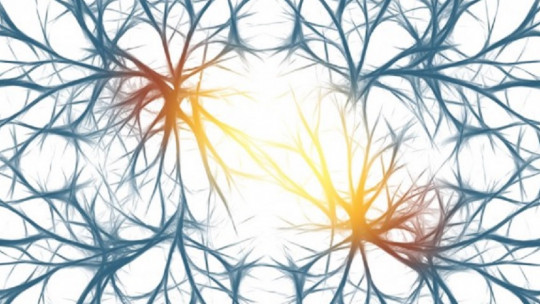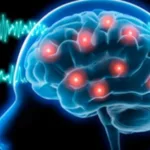
Epilepsy is a neurological disorder characterized by the appearance of episodes of abnormal electrical activity in the brain that cause seizures and mental absences, among other symptoms. It is due to alterations in the morphology or functioning of the nervous system, especially the brain.
Among early-onset epilepsies we find Lennox-Gastaut syndrome, characterized by frequent and heterogeneous seizures and variable intellectual disability. In this article we will describe What is Lennox-Gastaut syndrome, what are its causes and symptoms? and how it is usually treated medically.
What is Lennox-Gastaut syndrome?
Lennox-Gastaut syndrome is a very severe form of epilepsy that usually It begins during childhood, between 2 and 6 years of life; However, symptoms may begin to occur before or after this period.
It was described in 1950 by William G. Lennox and Jean P. Davis thanks to the use of electroencephalography, which allows the bioelectric activity of the brain to be analyzed, detecting altered patterns such as those typical of epilepsy.
It is a rare disorder that accounts for only 4% of total cases of epilepsy. It is more common in men than in women. It is resistant to treatment, although in some cases intervention can be effective. In half of the cases the disease worsens over time, while in a quarter the symptoms improve and in 20% they disappear completely.
Between 3 and 7% of children diagnosed with this syndrome die between 8 and 10 years after diagnosis, usually due to accidents: it is very common for falls to occur when seizures occur, so it is advisable to wear a helmet to children with the disorder.
It is believed that there is a relationship between Lennox-Gastaut syndrome and West syndromealso known as infantile spasms syndrome, which has similar characteristics and includes the appearance of sudden contractions of the muscles of the arms, legs, torso and neck.
Symptoms of this disorder
This syndrome is characterized by the presence of three main signs: the appearance of recurrent and varied epileptic seizures, the slowing of brain electrical activity and moderate or severe intellectual disability. It also causes memory and learning problems, as well as motor disorders.
In half of the patients, the seizures tend to be long, lasting more than 5 minutes, or occur with little temporal separation; We know this as “status epilepticus” (state of epilepsy). When these symptoms occur, the person usually appears apathetic and dizzy, and does not respond to external stimulation.
In the Lennox-Gastaut cases psychomotor development is usually altered and delayed as a consequence of brain damage. The same happens with personality and behavior, which are influenced by epileptic problems.
Common epileptic seizures
The epileptic seizures that occur in Lennox-Gastaut syndrome can be very different from each other, something that makes this disorder peculiar. The most frequent crises are those of the tonic typewhich consist of periods of muscle rigidity, especially in the extremities. They usually occur at night, while the person is sleeping.
Myoclonic epileptic seizures are also common, that is, those that cause sudden muscle spasms or contractions. Myoclonic seizures tend to occur more easily when the person is tired.
Tonic, atonic, tonic-clonic, partial complex and atypical absence seizures are also relatively common in Lennox-Gastaut syndrome, although to a lesser extent than the previous ones. If you want to know more about the different types of epilepsy you can read this article.
Causes and factors that favor it
There are various causal factors that can explain the development of Lennox-Gastaut syndrome, although it is not possible to deduce which of them is responsible for the alteration in all cases.
Among the most frequent causes of this alteration we find the following:
Treatment
Lennox-Gastaut syndrome is very difficult to treat: unlike most types of epilepsy, this disorder usually occurs resistance to pharmacological treatment with anticonvulsants.
Among the anticonvulsant medications most used in the management of epilepsy, valproate (or valproic acid), topiramate, lamotrigine, rufinamide and felbamate stand out. Some of them can cause side effects such as viral diseases or liver toxicity.
Benzodiazepines such as clobazam and clonazepam are also administered with some frequency. However, the effectiveness of any of these drugs in Lennox-Gastaut syndrome has not been definitively demonstrated.
Although until recently it was believed that surgery was not effective in treating this disorder, some recent studies and research have found that endoventricular callosotomy and vagus nerve stimulation They are two promising interventions.
Likewise, in cases of epilepsy The administration of a ketogenic diet is usually recommendedconsisting of eating few carbohydrates and many fats. This appears to reduce the likelihood of epileptic seizures; However, the ketogenic diet carries certain risks, so it must be prescribed by medical professionals.








